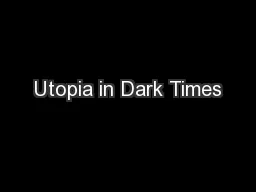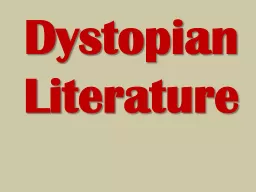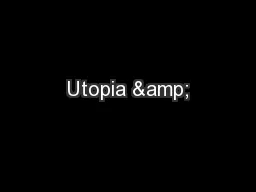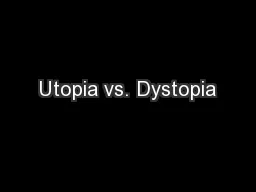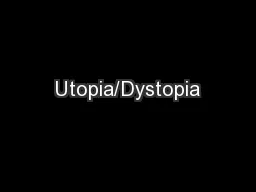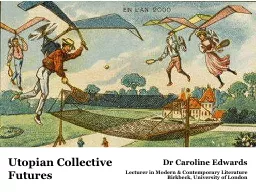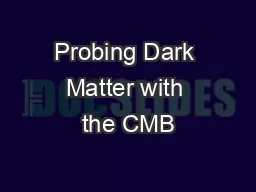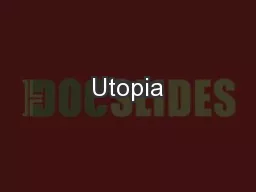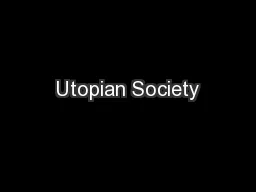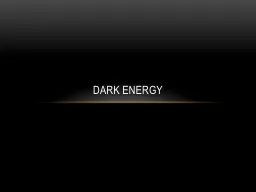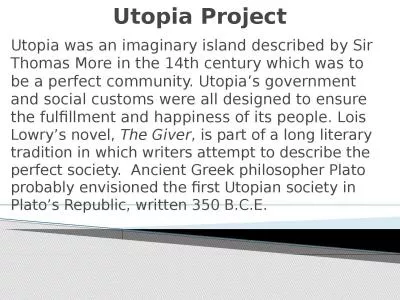PPT-Utopia in Dark Times
Author : debby-jeon | Published Date : 2017-10-20
Dr Caroline Edwards Senior Lecturer in Modern amp Contemporary Literature Birkbeck University of London People line up outside the Postscheckamt in Berlin to withdraw
Presentation Embed Code
Download Presentation
Download Presentation The PPT/PDF document "Utopia in Dark Times" is the property of its rightful owner. Permission is granted to download and print the materials on this website for personal, non-commercial use only, and to display it on your personal computer provided you do not modify the materials and that you retain all copyright notices contained in the materials. By downloading content from our website, you accept the terms of this agreement.
Utopia in Dark Times: Transcript
Download Rules Of Document
"Utopia in Dark Times"The content belongs to its owner. You may download and print it for personal use, without modification, and keep all copyright notices. By downloading, you agree to these terms.
Related Documents

